Description
Bellus Angelfish Male, a member of the ray-finned fish family, Acanthuridae, shares its classification with Sawtails and Surgeonfish. The distinctive feature of the Acanthuridae family is the presence of sharp, brightly colored scalpels or spines on both sides of the caudal peduncle. These spines serve a defensive purpose, deterring potential threats. Bellus Angelfish Males exhibit similar traits to this family characteristic.
Furthermore, Bellus Angelfish Males belong to the subfamily Nasinae, an exclusive group comprised solely of the genus Naso. These fish possess up to two forward-hooked spines on each side of their caudal peduncle, with the number varying based on age. Similarly, Sawtails develop keels over time, potentially having up to seven. However, the weaponry of these two groups remains fixed in position. Only members of the Acanthurinae Subfamily possess retractable spines. Like other Tangs, Bellus Angelfish Males have a single pair of retractable spines that they can erect by curving their tail.
**Bellus Angelfish Male, Genus Naso, Ecology:**
Inhabiting reef flats and coastal regions of the Indian Ocean and the Red Sea, Bellus Angelfish Males are often found in small groups around areas like Indonesia, South Africa, and Durban.
Within the reef ecosystem, these angelfish contribute to algae control through grazing, similar to other Tangs. Their presence helps manage unchecked algae growth that could otherwise outcompete slower-growing coral species for essential space and light. This contribution is particularly significant in shallower reefs exposed to ample sunlight.
**Elegant Angel in the Aquarium:**
Creating an aquarium environment that simulates their natural habitat is crucial. Offering various hiding spots aids in Bellus Angelfish Males establishing their territory. Features such as Aquaroche and Aquaroche shelves can be beneficial. Implementing a jump guard can prevent unintended escapes.
For optimal health, Bellus Angelfish Males thrive on a varied diet. High-quality pellets and flake foods like Jbl Maris are suitable. Ocean nutrition seaweed can be offered and secured to the tank’s side with clips. Enriched frozen foods such as mysis shrimp, brine shrimp, and krill, particularly for larger individuals, are readily consumed. Enhancing frozen foods with supplements like Seachem Garlic Guard and Atvitol vitamins is essential for their well-being and longevity. These additives provide essential nutrients lost during the freezing process, bolstering the fish’s immune system and defense against conditions like white spot.
Additionally, these angelfish can consume live foods like copepods and amphipods, cultivated in attached refugiums. Bellus Angelfish Males are acclimated to aquarium life before being made available for purchase, often transitioning to dry or frozen foods.
They can be kept individually or in groups. For those considering a group, seeking advice is advisable. Hosting multiple Bellus Angelfish Males is possible, though consulting experts can address any uncertainties or inquiries.
Please note that the fish depicted are representative examples, and the live specimens you receive may vary in terms of pattern, coloration, and physique.

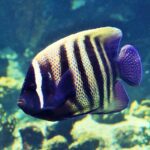
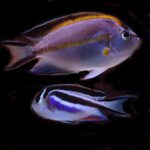
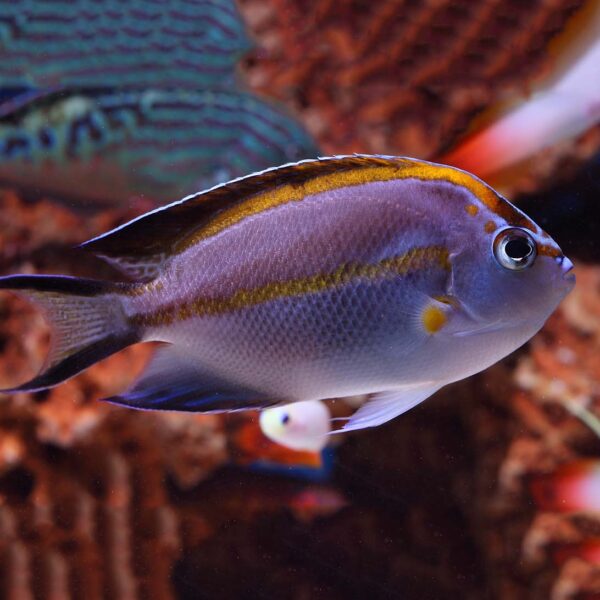

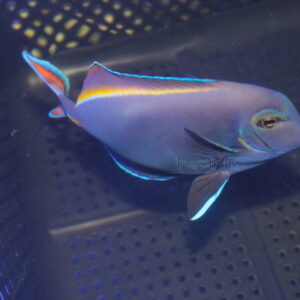
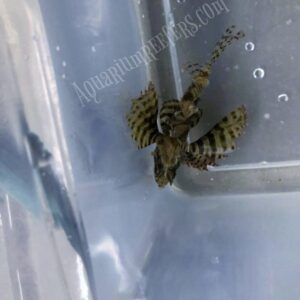
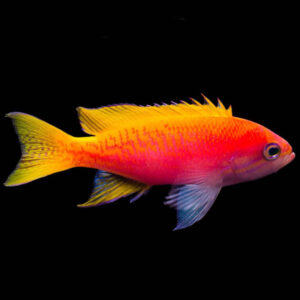
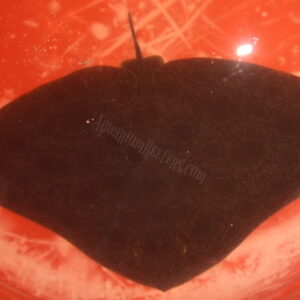
Reviews
There are no reviews yet.